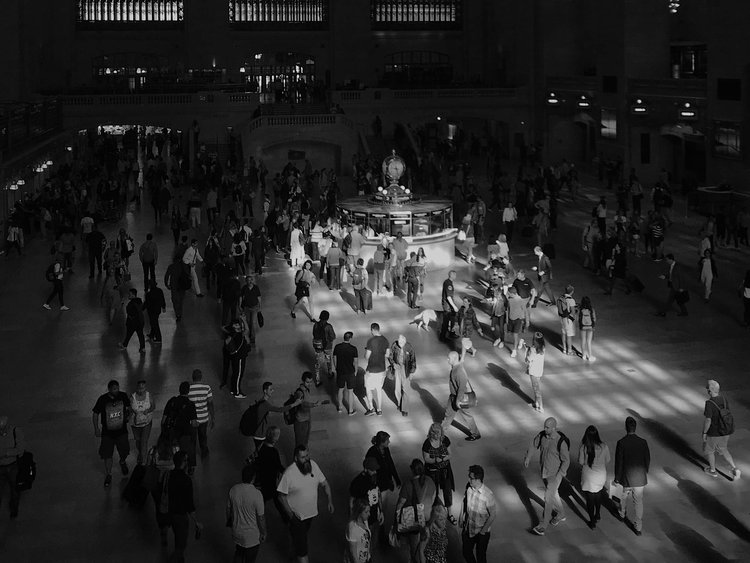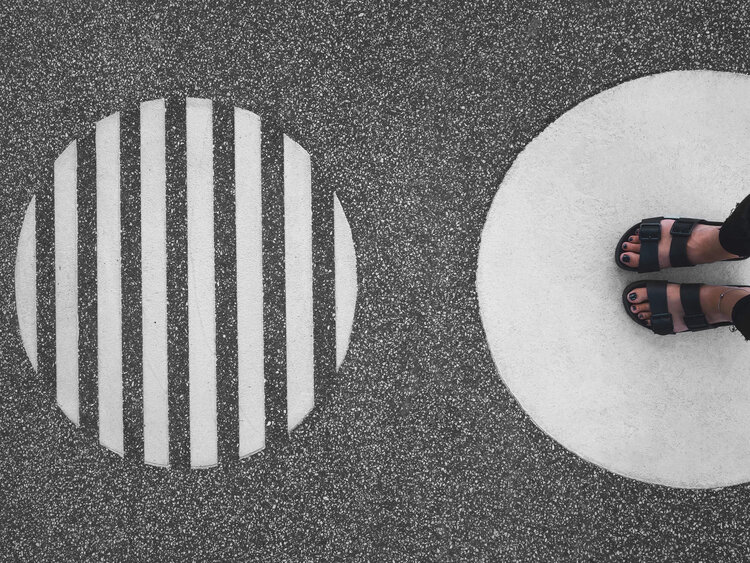
Photograph: Jon Tyson/Unsplash
The psychological contract at work is changing, and with it, employees’ expectations. It’s no longer enough to receive payment for a job well done; we look for purpose and meaning at work. We want to move beyond satisfaction to be motivated and engaged, with a focus on our development. We look for managers who will coach us to be our best, rather than simply telling us what to do. We expect more than the annual performance review. We want ongoing conversations that focus on our strengths, as well as our development areas. In short, employees are fast becoming consumers of the workplace.
Before the Covid-19 crisis, the business case for employee experience and engagement predominantly focused on competition for talent, with studies indicating that employees were actively looking for other openings. Fast forward to 2022, and “The Great Resignation” is fast becoming a reality for many organisations.
Getting it right with your people is no longer a nice to have, but a critical enabler of business success.
Getting it right with your people is no longer a nice-to-have but a critical enabler of business success. And yet many organisations still approach this challenge with outdated ideas and practices. To differentiate and enjoy a competitive advantage requires a more intelligent and innovative approach to your people and culture. But what does this look like?
Intentional culture
We need to change our approach to culture and people if we want to get a different result. If we want to attract the best people, encourage them to stay and enable them to thrive, we need to be intentional in the design of our employee experience (EX).
Every employee has an experience of you as an employer. Their experience starts before they join and lasts as a memory long after they’ve stopped working for you. The question is, to what extent is it the experience they want and need, and how aligned is it with your intended EX? Only by being intentional about how you craft the many significant and everyday experiences people have of your organisation can you hope to architect the larger, overall employee experience. That all comes down to what we call EX Design.
EX is not one-size-fits-all and, in reality, it involves compromises. What best looks like is a balance between three competing and shifting demands – your organisational context, the requirements of the work, and your people.
EX Design uses design principles, first to understand people and their needs and expectations, and then to develop, test and iterate solutions to make the experience the best it can be. ‘Best’ is a loose term – and deliberately so. Because EX is not one-size-fits-all and, in reality, it involves compromises. What best looks like is a balance between three competing and shifting demands – your organisational context, the requirements of the work, and your people.
Seen in this way, it is clear EX Design is not a phase in a development process. Neither is it making the intranet or any other tool, product or service look nice (although aesthetics may play a part). Rather it is a continuous focus on, and intentional evolution of, the many small, medium and large experiences an employee has with you – and, consequently, the cumulative impact of those experiences.
Designing an exceptional experience
So EX Design is about intentionally curating an EX that is right for:
People’s needs and expectations – what makes sense to and for people;
Requirements of the work – the technical or other requirements of the work (e.g., where people are located, what equipment they have and what processes they need to follow);
Organisation context – commercial objectives as well as requirements of the culture, brand, purpose, values etc.
We borrow and adapt from design thinking with pride. And when it comes to EX, the word design is apt. Because it is intentional, and it is markedly different to other more traditional approaches to human resources and related people-focused activities, such as L&D and recruitment.
Design thinking is much more than an innovation recipe with steps and ingredients. Design thinking is also a mindset with curiosity, empathy and experimentation at its core.
When applying design thinking to our culture and people approach, it’s easy to focus on a set of tools and activities. However, design thinking is much more than an innovation recipe with steps and ingredients. Design thinking is also a mindset with curiosity, empathy and experimentation at its core.
Curiosity: Being insatiably curious about people and what makes them tick as well as what is possible;
Empathy: Putting people and their experience at the heart of the process;
Experimentation: Constantly learning and iterating – testing multiple small solutions or prototypes to understand better what might solve a problem or realise an opportunity.
EX by design borrows these three principles – principles that are inherently optimistic, rooted in a belief that it is possible to understand human experience and to design solutions to improve it. This is why we bring together tools and approaches from both the world of design thinking and positive psychology.
The right time to rethink EX
The relationship between EX Design and organisational culture is two-way: each impacts the other. A culture rich in empathy, curiosity and experimentation will support an EX Design approach. And by adopting an EX Design approach, the people involved and broader culture will become more empathic, curious and experimental.
Organisations get started with EX Design in different ways and for different reasons. It often goes hand in hand with another transformation, typically an agile transformation.
And without (or even with) sponsorship, pioneering EX Design activities can meet resistance as they draw on the thinking skills of designers to challenge the status quo to look for new data points and to new possibilities. This can feel very different and uncomfortable. Starting small and securing quick wins can help.
The future of work has never been more uncertain, but our hope is that organisations are open-minded about how they can function to benefit their people, their customers and society. Getting your EX right has the power to transform. It can make a fundamental difference to your people and deliver a positive social impact. But to do this, we can’t go back to the way things were before. We need a different approach and definitely not a superficial rebrand of the HR function. The time has come to reimagine our employee experience, our culture and the difference this can make.

















































